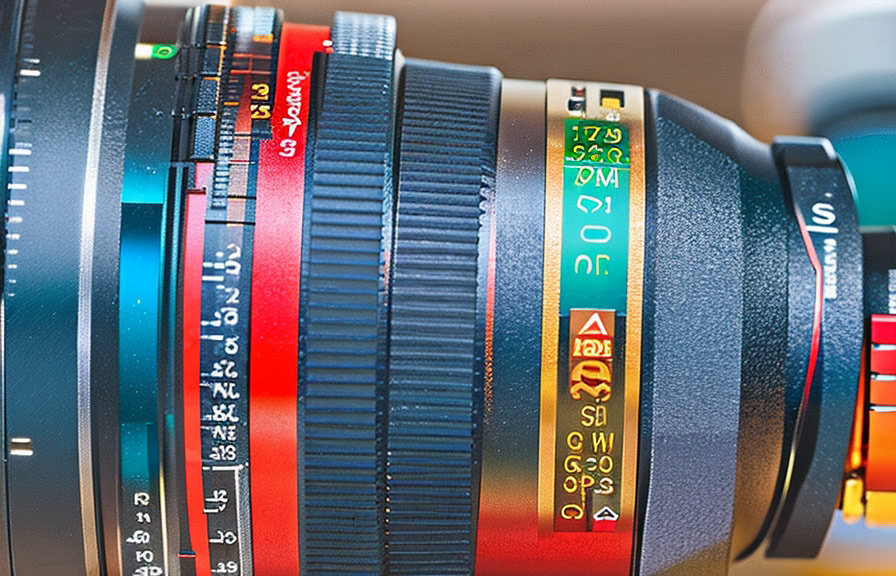Did you know that the first-ever portrait photo was taken in 1839 by robert cornelius? since then, portrait photography has evolved into a widely popular genre, capturing the essence of the human spirit. in this post, we'll explore how you can take stunning portrait photos with simple equipment and answer some
Common questions about portrait photography.

The best settings for portrait photography
When it comes to portrait photography, your camera settings can make a big difference in the final outcome. here are some tips to help you achieve the best results:
1. Aperture: use a large aperture (small f-number) to create a shallow depth of field, which will help separate your subject from the background. this can give your portraits a professional and artistic look. try starting with an aperture of f/2.8 or wider.
2. Shutter speed: choose a fast enough shutter speed to avoid blurry images caused by camera shake or subject movement. a good rule of thumb is to use a shutter speed equal to or faster than the inverse of your focal length (e.g., 1/100s for a 100mm lens).
3. Iso: keep your iso as low as possible to minimize noise in your images. if you're shooting in low light conditions, you may need to increase your iso, but be aware of the trade-off between image quality and noise.
4. White balance: adjust your white balance to ensure accurate color reproduction. this is especially important when shooting in mixed lighting conditions. auto white balance may work well in most situations, but you can also experiment with custom settings to achieve the desired result.
5. Focus: for sharp and well-defined portraits, make sure your subject's eyes are in focus. use single-point autofocus or manual focus to achieve precise control over what's in focus in your image.
The best lenses for portrait photography
The right lens can make a world of difference in your portrait photos. here are some top choices for portrait photography:
1. 50mm prime lens: also known as the "nifty fifty," the 50mm prime lens is a versatile and affordable option for portrait photography. with its wide aperture, it allows for excellent low-light performance and a shallow depth of field.
2. 85mm prime lens: the 85mm prime lens is a popular choice among professional portrait photographers. its longer focal length helps create flattering compression and a beautiful background blur.
3. 70-200mm zoom lens: a 70-200mm zoom lens is another great option for portrait photography. it allows you to capture a range of perspectives and compositions, while its typically wide aperture ensures good low-light performance and a shallow depth of field.
Remember that you don't necessarily need expensive lenses to achieve great results. many photographers have created stunning portraits using simple kit lenses or older, manual focus lenses.
How to pose your subjects for portrait photography
Posing your subject is an essential skill for portrait photographers. here are some tips to help you guide your subjects into flattering and natural poses:
1. Communicate: talk to your subject and make them feel comfortable. explain what you want them to do and give plenty of positive feedback. this will help them relax and produce more genuine expressions.
2. Start simple: begin with basic poses and gradually build up to more complex ones. this will help your subject get used to being in front of the camera and gain confidence.
3. Use props: props can add visual interest to your portraits and help your subject feel more at ease. consider incorporating items that are meaningful to your subject or that complement the overall theme of the shoot.
4. Watch the angles: be mindful of the angles you're shooting from, as some may be more flattering than others. for example, shooting from slightly above eye level can help elongate the neck and create a slimming effect.
5. Encourage natural movement: instead of forcing stiff poses, encourage your subject to move naturally. this can lead to more candid and authentic-looking portraits.
Fun fact: the mona lisa effect
You may have heard of the famous "mona lisa effect," where it seems like the eyes of leonardo da vinci's masterpiece are following you as you move around the room. this optical illusion occurs because the eyes in the painting are looking directly at the viewer, creating a sense of
Connection and engagement. when taking portrait photos, consider having your subject look directly into the camera to achieve a similar effect.
Conclusion
Taking stunning portrait photos doesn't require expensive equipment or advanced technical skills. with the right camera settings, a suitable lens, and effective posing techniques, you can create beautiful portraits that capture the essence of your subject.
Don't be afraid to experiment and push your creative boundaries you might just discover your own unique portrait photography style.
